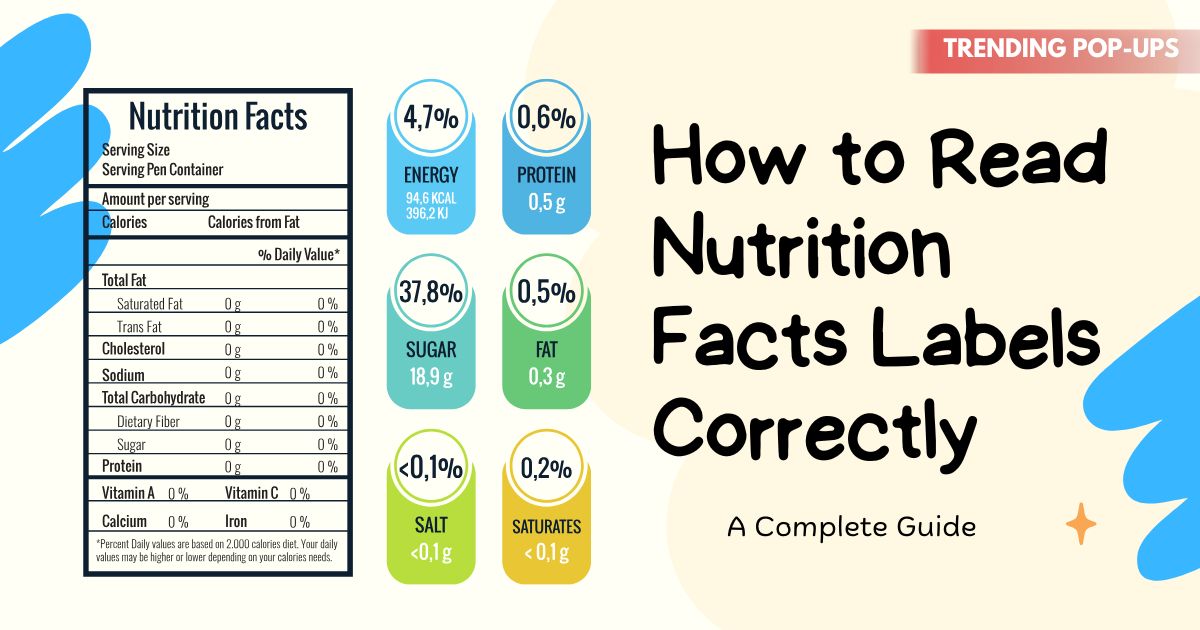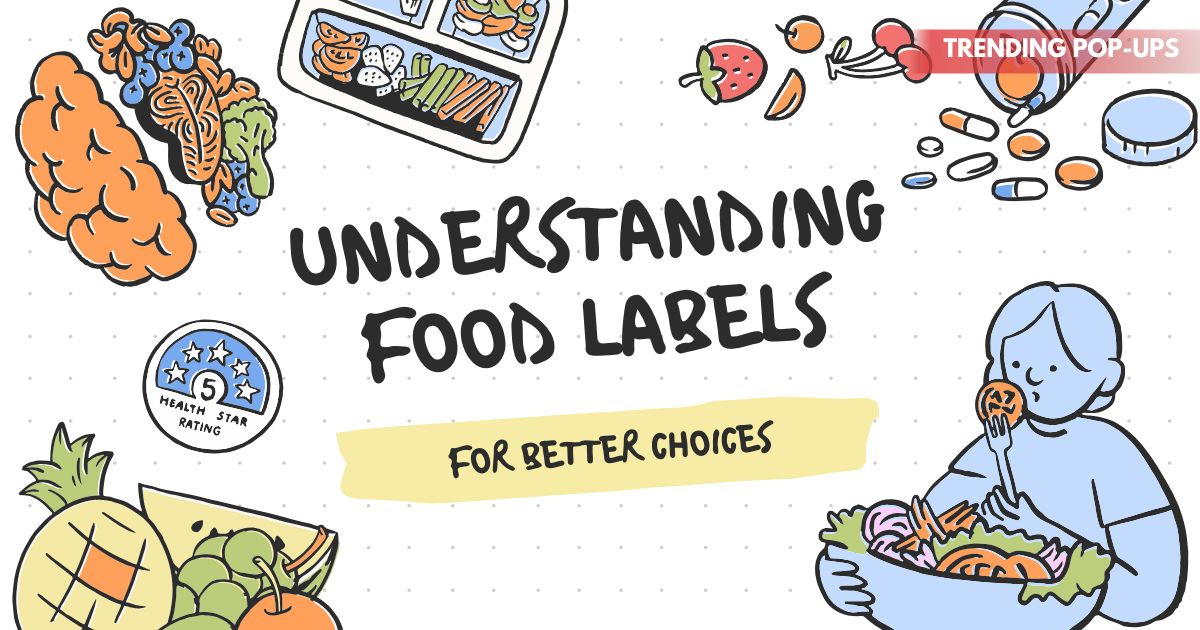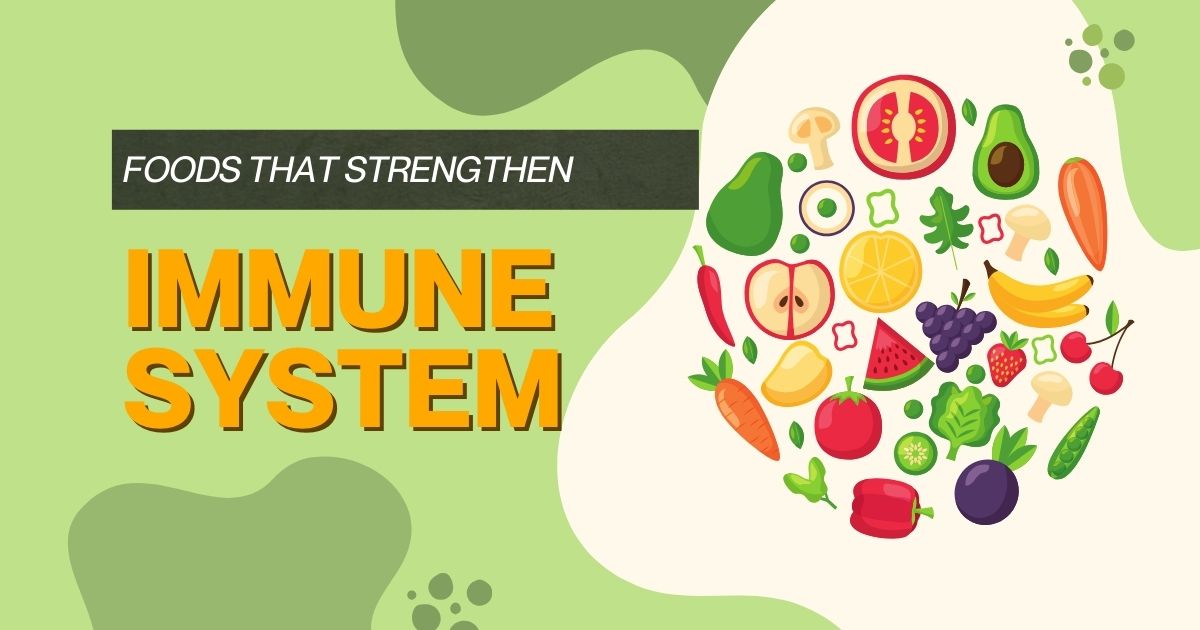Making healthier food choices starts with understanding what’s inside the products you buy. Nutrition facts labels provide essential details about calories, nutrients, and ingredients that directly impact your health. However, many people find these labels confusing and overlook critical information. If you’ve ever wondered how to read nutrition facts labels correctly, this comprehensive guide will help you decode them step by step so you can make informed decisions at the grocery store.
Why Nutrition Facts Labels Are Important
Nutrition labels are designed to help consumers:
-
Compare similar food products.
-
Understand how much of each nutrient is present.
-
Manage calorie intake and weight.
-
Reduce the risk of chronic diseases like obesity, heart disease, and diabetes.
Learning to read labels correctly is a powerful tool for anyone trying to eat healthier, lose weight, or manage a medical condition.
Step 1: Start with the Serving Size
The serving size is the first thing you should check. It tells you the recommended portion for which all the nutritional information is listed.
-
Example: If the label shows a serving size of 1 cup, but you eat 2 cups, you must double the calories, fat, sugar, and nutrients.
-
Always compare serving sizes between brands when choosing products.
Tip: Don’t confuse serving size with the entire package size. Many snacks and drinks contain multiple servings per container.
Step 2: Look at Total Calories
Calories show how much energy you’ll get from one serving. Understanding this helps with weight management and portion control.
-
40 calories per serving = low.
-
100 calories per serving = moderate.
-
400 calories or more per serving = high.
If you’re trying to maintain or lose weight, pay close attention to calories per serving and the number of servings consumed.
Step 3: Examine Macronutrients
Macronutrients include fat, carbohydrates, and protein. Each has different effects on your body.
Total Fat
-
Look at saturated fat and trans fat.
-
Limit saturated fat to less than 10% of daily calories.
-
Avoid trans fats completely, as they increase heart disease risk.
Carbohydrates
-
Includes dietary fiber, total sugars, and added sugars.
-
Choose foods high in fiber (good for digestion and heart health).
-
Minimize added sugars—less than 10% of total daily calories is recommended.
Protein
-
Essential for muscle growth and repair.
-
Most people get enough protein, but athletes or older adults may need more.
Step 4: Check the % Daily Value (%DV)
The % Daily Value (%DV) shows how much a nutrient contributes to your daily diet based on a 2,000-calorie intake.
-
5% DV or less = low.
-
20% DV or more = high.
For example:
-
25% DV of fiber = excellent source.
-
2% DV of calcium = low source.
Tip: Use %DV to quickly compare foods and choose healthier options.
Step 5: Focus on Key Nutrients
Not all nutrients on the label are equally important. Here’s what to limit and what to increase:
Nutrients to Limit
-
Saturated fats
-
Sodium
-
Added sugars
High intake of these nutrients increases the risk of heart disease, high blood pressure, obesity, and type 2 diabetes.
Nutrients to Increase
-
Dietary fiber
-
Vitamin D
-
Calcium
-
Iron
-
Potassium
These nutrients support bone health, blood circulation, and overall body function.
Step 6: Look at the Ingredient List
The ingredient list is often overlooked but very important. Ingredients are listed in descending order by weight, meaning the first ingredient is present in the largest amount.
-
If sugar or refined flour appears at the top, the product is not very healthy.
-
Look for whole grains, natural ingredients, and minimal additives.
Tip: Choose foods with short, simple ingredient lists you can recognize.
Step 7: Understand Claims on Food Packages
Marketing claims can be misleading if you don’t read the nutrition facts carefully.
-
Low-fat: May still be high in sugar or sodium.
-
Sugar-free: Can still contain artificial sweeteners.
-
Organic: Refers to farming practices, not calorie or sugar content.
-
High-fiber: Check the actual fiber amount on the label, not just the claim.
Always verify claims with the nutrition label instead of trusting the front packaging.
Step 8: Compare Similar Products
When grocery shopping, use labels to compare different brands. For example:
-
One cereal may have 15g of sugar per serving, while another has only 5g.
-
One yogurt may provide 20% DV calcium, while another offers 35%.
This helps you choose the healthier option without guesswork.
Common Mistakes When Reading Nutrition Labels
-
Ignoring serving sizes.
-
Only looking at calories and ignoring nutrients.
-
Misinterpreting %DV as exact needs (it’s just a guideline).
-
Believing front-of-package claims without checking the label.
Avoiding these mistakes will help you make smarter food choices.
Practical Tips for Using Nutrition Labels Daily
-
Meal planning: Use labels to balance macronutrients across meals.
-
Snack smart: Choose options lower in calories, sodium, and sugar.
-
Portion control: Weigh or measure food if unsure about serving sizes.
-
Check beverages: Many drinks have hidden calories and sugars.
-
Teach kids: Encourage children to understand food labels early.
Conclusion
Learning how to read nutrition facts labels correctly empowers you to take control of your diet and health. By focusing on serving sizes, calories, macronutrients, %DV, and the ingredient list, you can avoid misleading claims and choose foods that truly benefit your body. Whether your goal is weight management, disease prevention, or overall wellness, mastering label reading is one of the most valuable skills for long-term health.
Also Read : Healthy Fats and Why Your Body Needs Them – Benefits, Types, and Sources
FAQs
Q1. What is the most important part of a nutrition facts label?
The serving size and calories are the most important starting points, as they determine how much of each nutrient you’re actually consuming.
Q2. How can I quickly identify if a product is healthy?
Look for low amounts of saturated fat, sodium, and added sugars, and high amounts of fiber, vitamins, and minerals.
Q3. Are %DV values the same for everyone?
No, they are based on a 2,000-calorie diet. Your personal needs may vary depending on age, gender, and activity level.
Q4. Should I completely avoid foods with sugar or fat?
Not necessarily. Natural sugars (like fruit) and healthy fats are beneficial. The key is limiting added sugars and unhealthy fats.
Q5. How do I compare two food products quickly?
Check serving size, calories, %DV of nutrients, and ingredient list. Choose the option with more beneficial nutrients and fewer unhealthy ones.



